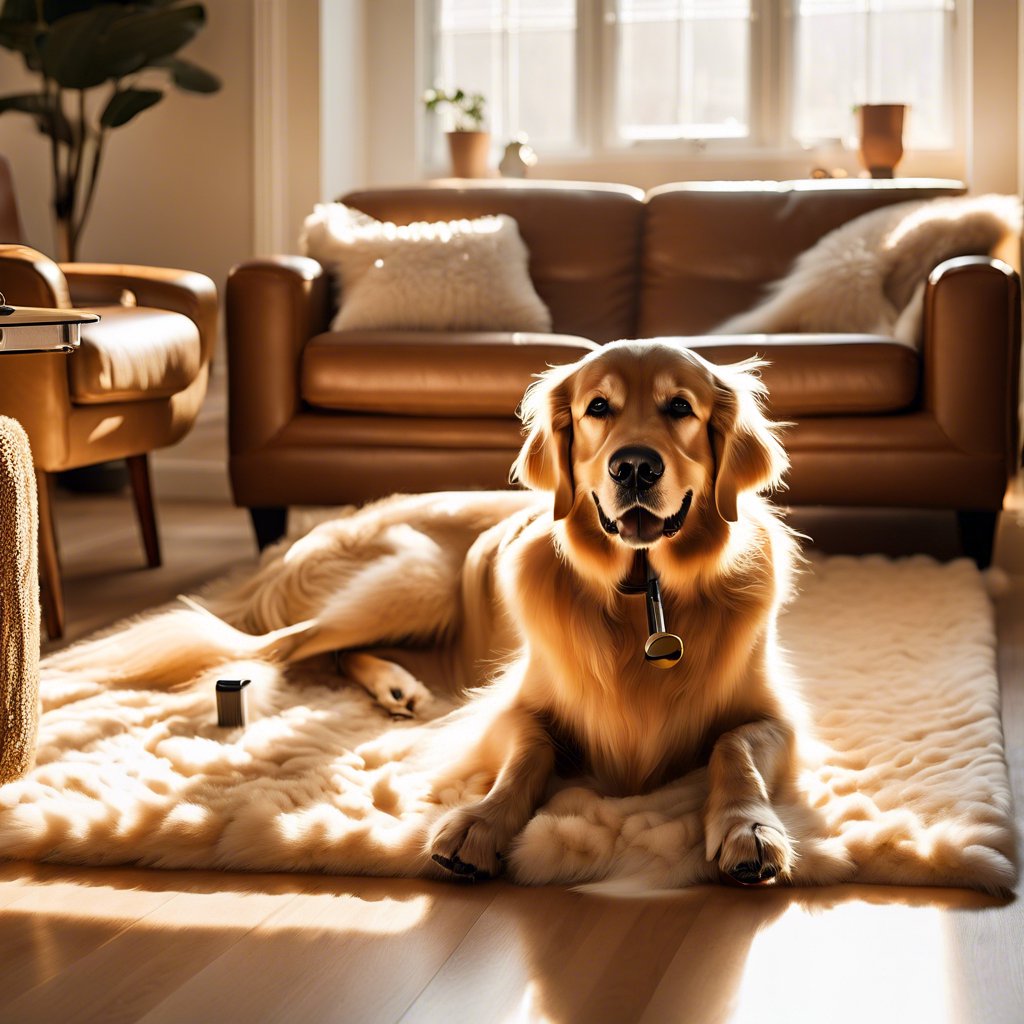Dealing with Dog Shedding
Every dog owner knows the struggle of dealing with dog hair scattered around the house. It can feel like a never-ending battle, especially during shedding season. But why do dogs shed? Understanding the reasons behind this natural phenomenon can help you manage it effectively and keep your home fur-free.

Dogs shed for various reasons, including changes in weather, health conditions, and breed characteristics. For instance, double-coated breeds tend to shed significantly twice a year, while short-haired dogs might shed less but still require regular grooming. Recognizing your dog’s shedding patterns is the first step in managing it.
Once you understand the causes of shedding, it’s time to tackle the problem head-on. There are several effective strategies you can implement to minimize the amount of fur floating around your space. Here’s a list of tried and tested methods for managing dog shedding effectively:
- Regular Grooming: Brushing your dog at least once a week can significantly reduce shedding. For heavy shedders, consider using a de-shedding tool.
- Healthy Diet: Providing your dog with a balanced diet rich in Omega fatty acids can promote a healthier coat and reduce excessive shedding.
- Frequent Baths: Bathing your dog regularly helps to remove loose fur and dander. Just be careful not to overdo it, as too many baths can dry out their skin.
- Hydration: Ensure your dog is well-hydrated. Proper hydration keeps their skin healthy and can help reduce shedding.
- Consult a Vet: If you notice excessive shedding or bald patches, it might be time for a vet visit. Underlying health issues could be the cause.
Managing the fur in your home doesn’t just stop at grooming. Creating an environment that minimizes the impact of shedding is equally important. With a few adjustments, you can keep your living space clean and comfortable for both you and your furry friend.
Consider investing in furniture covers that are easy to wash, using lint rollers for quick clean-ups, and having a vacuum designed for pet hair. Establishing designated pet areas can also help contain the shedding to specific spaces, making it easier to manage.
By combining these strategies, you can successfully deal with dog shedding and enjoy the companionship of your furry friend without the endless battle against fur!
Share this content:



